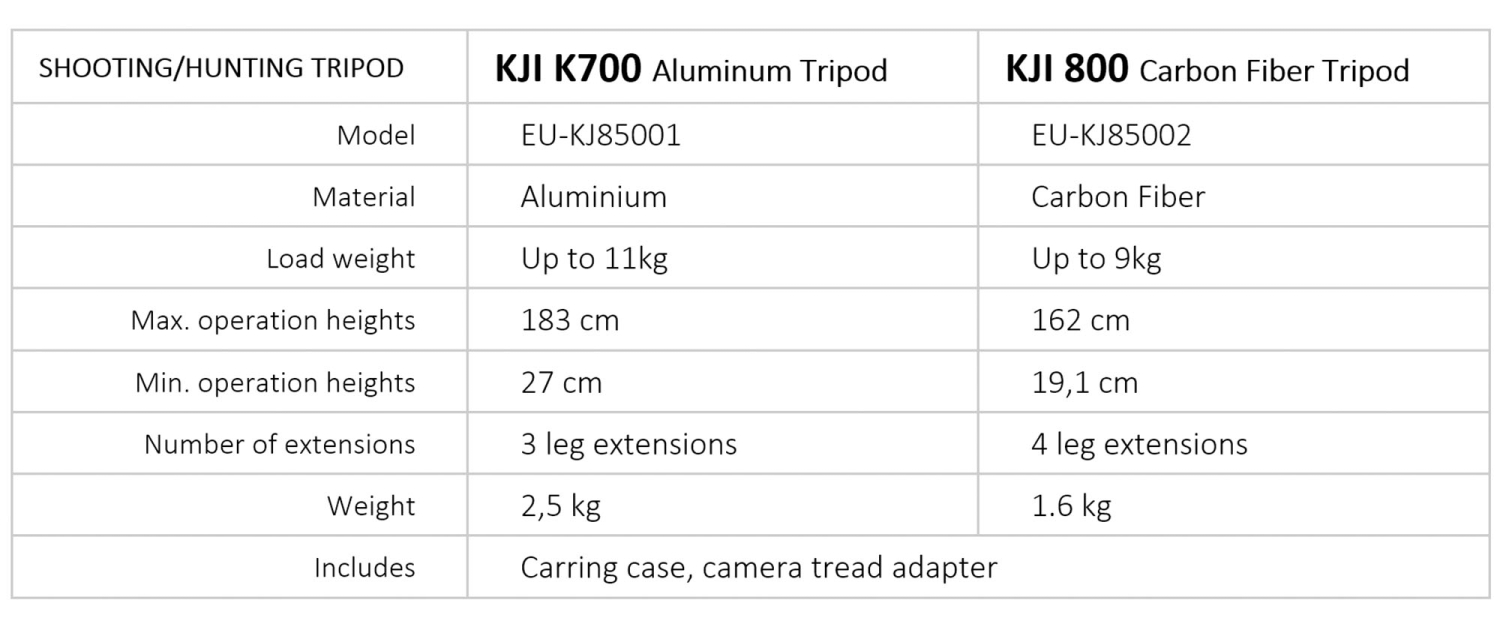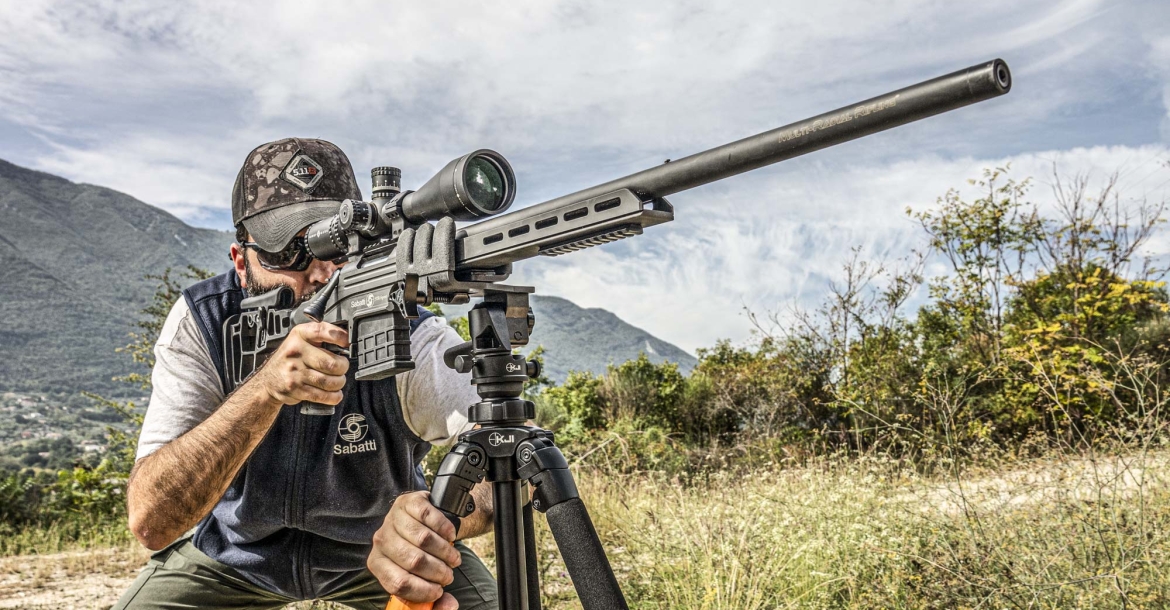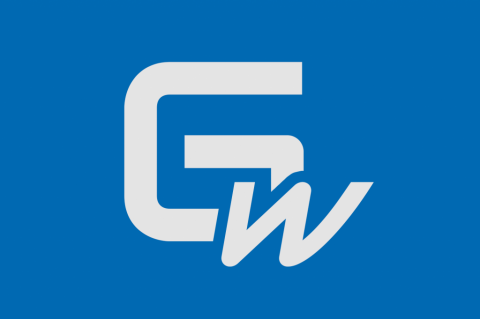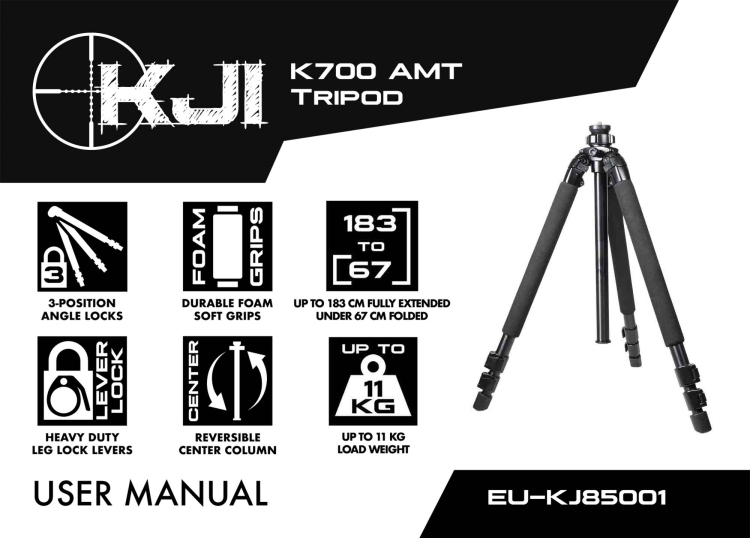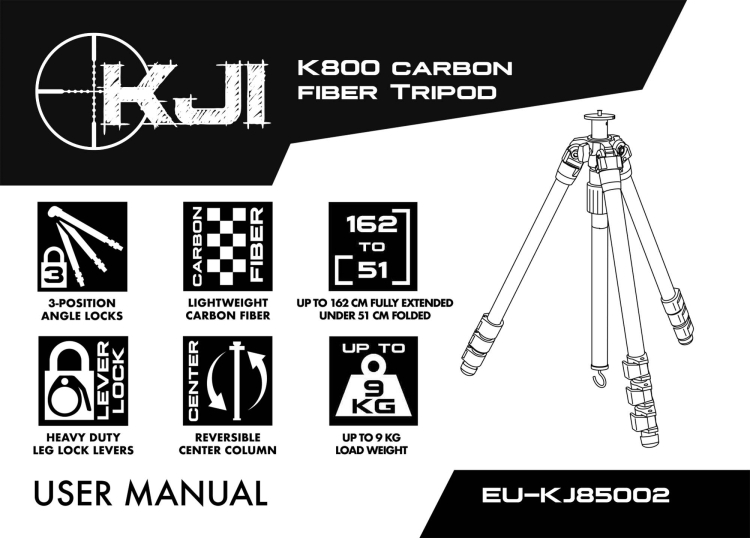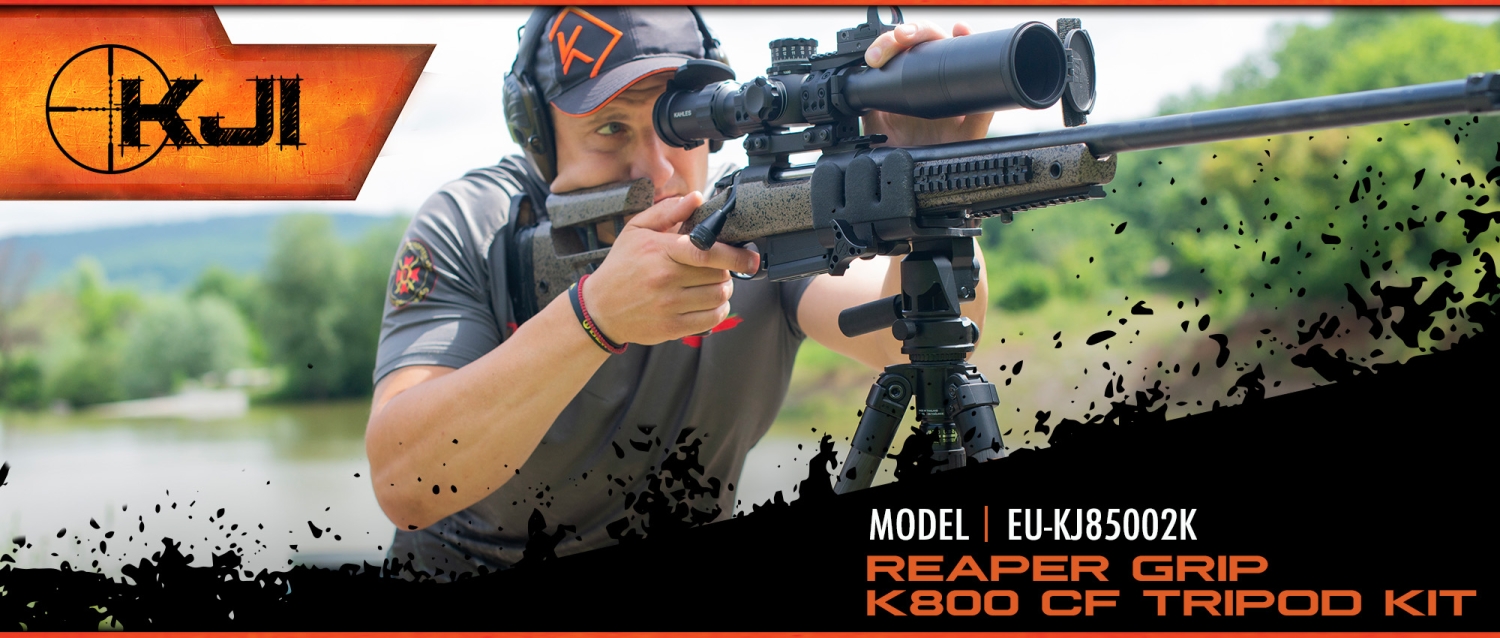KJI Precision K700 and K800 tripods, for precision shooting
The KJI Precision K700 and K800 tripods are dedicated to precision shooting with rifles, used for sport shooting specialties like the PRS, in selective hunting or for training activities
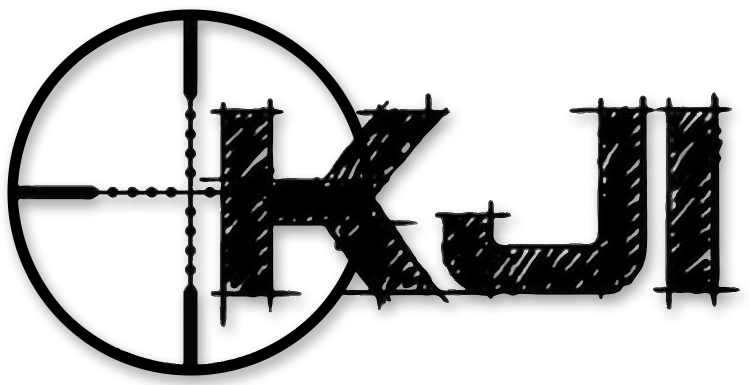
Texas-based Sellmark Corporation is currently one of the most dynamic international distributors of optics and accessories for hunting and sport shooting. Among the Sellmark brands is KJI Precision, specializing in the manufacturing of tripods and accessories for precision shooting.
The collaboration with operators and sharp shooters from prominent Police departments in the US allows KJI Precision to provide excellent solutions that will satisgfy the needs of hunters and sport shooters looking for maximum stability in their long-range precision shots.
The shift of shooting tripods from strictly professional accessories to a common sighting in Precision Rifle Shooting matches was pretty seamless in the United States, where PRS first took off. And while not just as whole-heartedly adopted by hunters, even here in Europe tripods are becoming a must-have for PRS competition shooters.

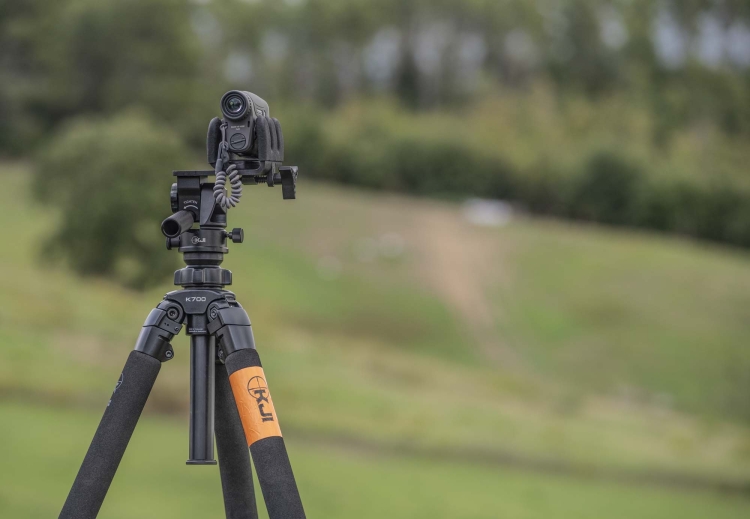
Non just for rifles: the Reaper Grip can also support spotting scopes or rangefinders
Old Europe's traditionalist hunters still seem to be hard-pressed to embrace the use of tripods.
On the contrary, in countries where mid-to-long range hunting with rifles is more common – such as the United States, South Africa, New Zealand, and some eastern European Countries – tripods are a common sight among hunters as well.
The use of tripods in precision shooting is an offshoot from the tactical and professional world; for years snipers and marksmen have been using tripods in numerous scenarios, such as when shooting from the rooftops of high-rise buildings – situations where a tripod will allow a sniper to keep watch over the streets below and provide stability for critical, accurate shots if need be without taxing the operator in terms of physical fatigue.
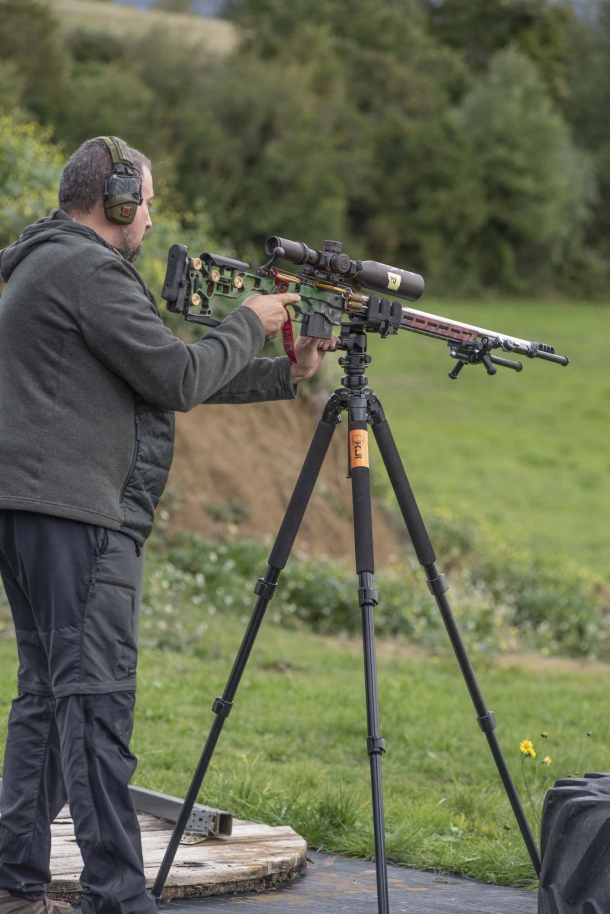

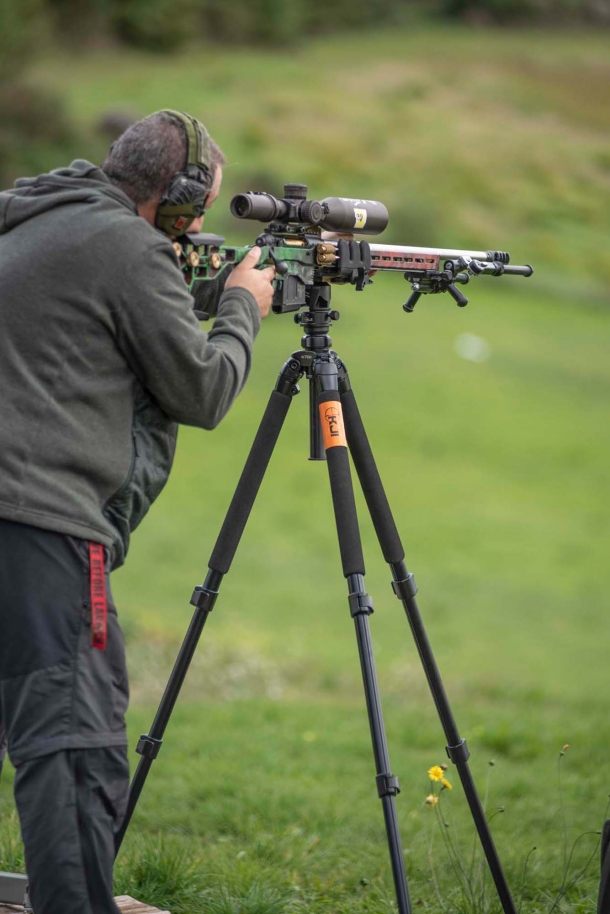
Back to KJI Precision, their current shooting tripods line is entirely based around two models, specifically the KJI K700 and KJI K800, both based on the same overall design but well distinguished in terms of construction, with the K700 being manufactured out of aluminum and the K800 being made out of carbon fiber.
The use of lightweight materials allows both models to remain easily and almost effortlessly transportable even on long distances: the overall weight for the K700 tripod has been measured at barely 1,13 kg (2.49 lbs), while the K800 model weighs in at 1,74 kg (3.83 lbs).
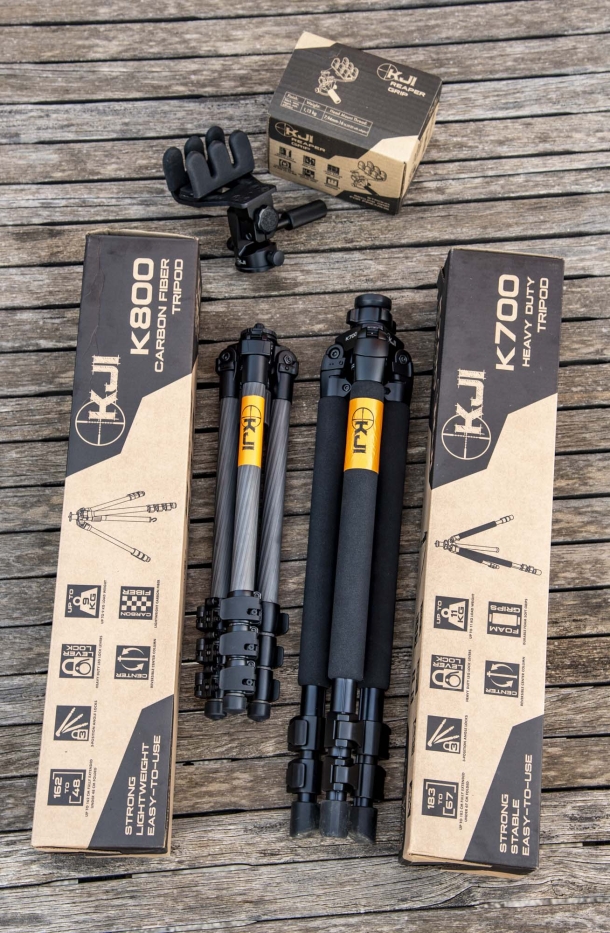
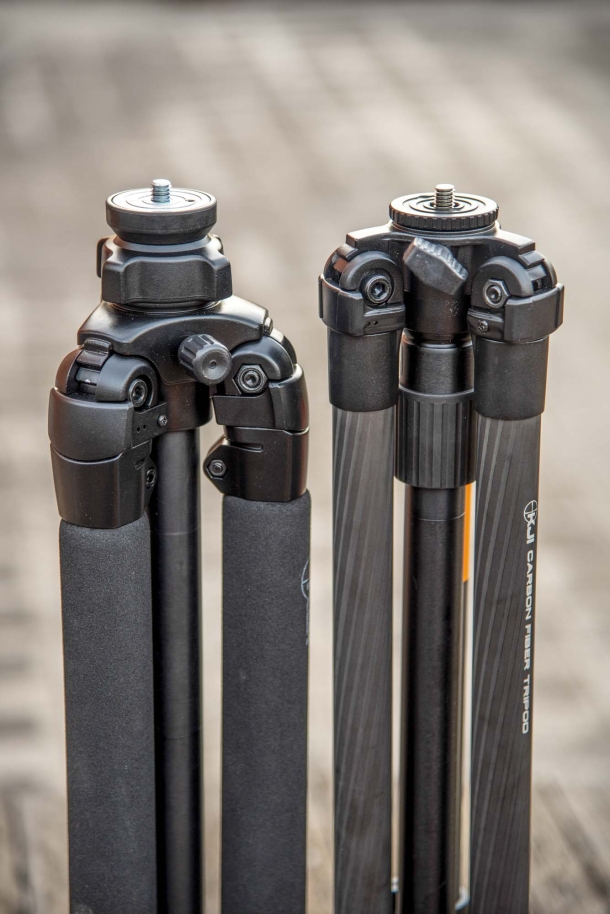

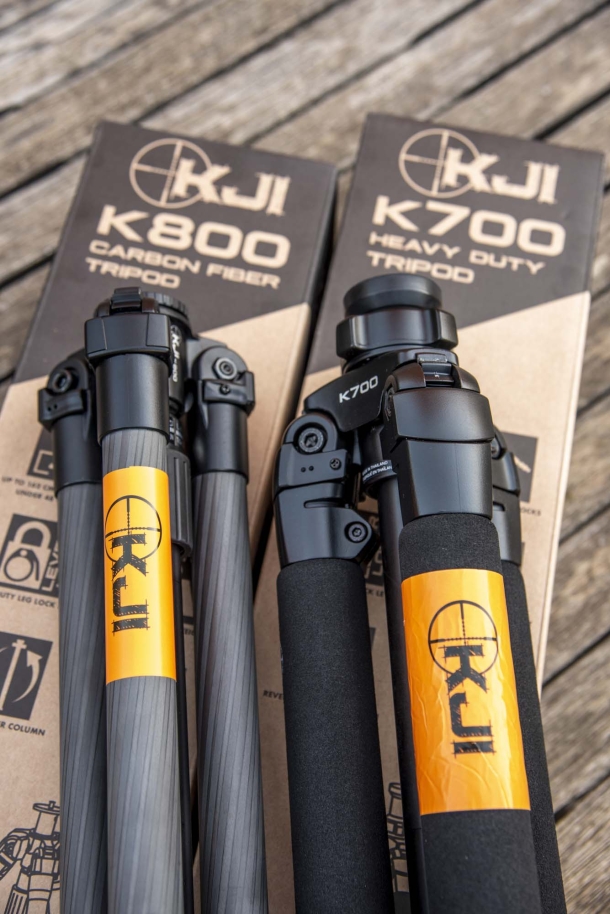
Both tripods are extremely capable in terms of what they can sustain: the K700 model boasts a maximum load of 11 kg (24 lbs), while the K800 is a little less "strong" at a maximum weight load of 9 kilograms (19.84 lbs). Both are however more than capable to support the vast majority of long-range hunting and shooting rifles currently available, even when fully equipped with all sorts of accessories.

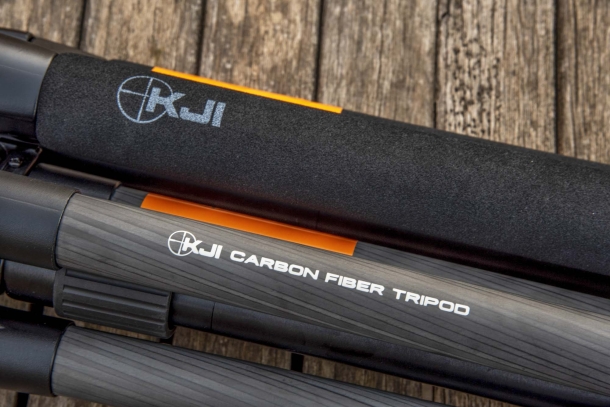
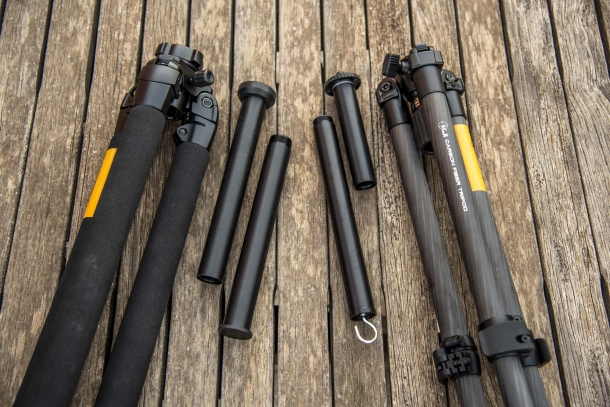
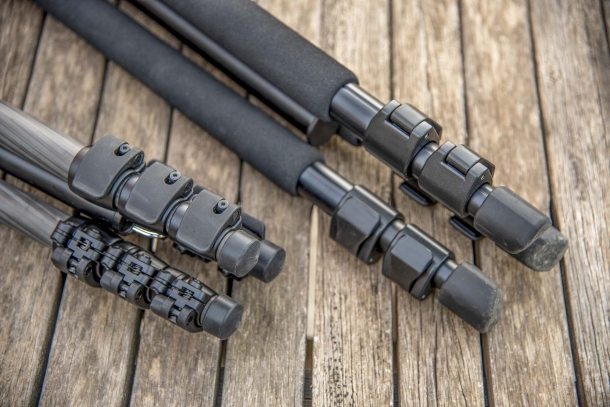
As mentioned before, tripods and other shooting supports were initially conceived for tactical and professional applications and used by military and law enforcement snipers in numerous theaters of operations. They subsequently spilled over to the sportn shooting world, and they're nowadays extremely popular in PRS competitions.

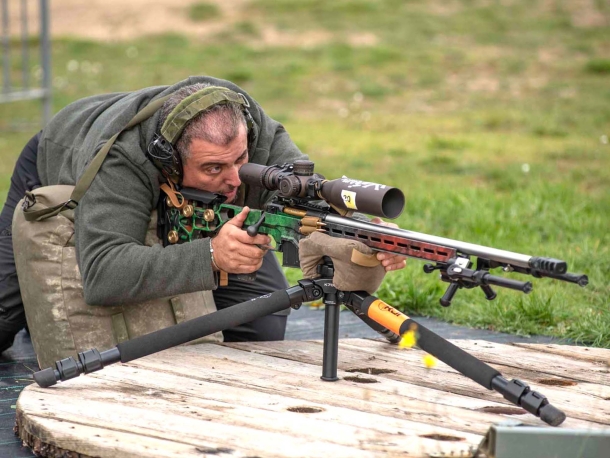
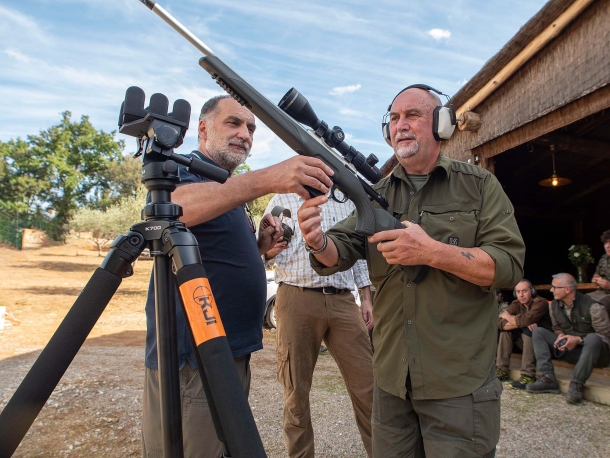
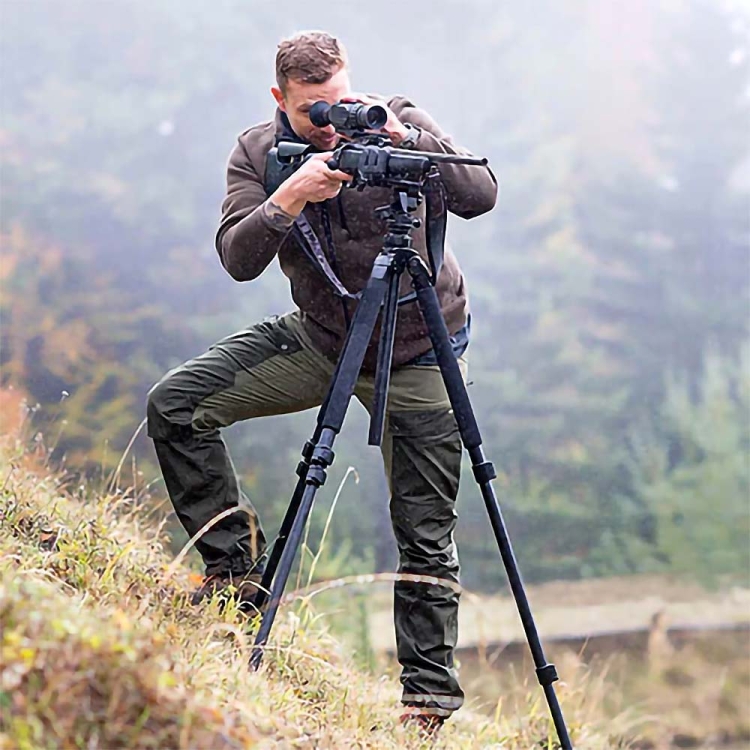
A tripod can however also dub as an extremely useful training aid during rifle shooting courses, allowing instructors to secure rifles as they talk to their students and preventing the weight of the firearms to cause excessive stress to those less experienced as they approach the basics of precision shootings.
In terms of training, tripods can also be useful during selective hunting courses, and not just to allow students to better familiarize with shooting techniques. Unlike most hunters (who always try to bring as little weight as possible, particularly when it comes to mountain hunting), the inherent ethics of selective hunters should – in most cases – push them into procuring the best equipment to fulfill their role and to bring down their prey accurately, with one shot, even at extremely long distances.
Last, but not least, tripods are once again widely popular during PRS (Precision Rifle Shooting) competitions; in this case, tripods are used both as rests for the rifles, to be used in most shooting stages, and as generic supports for the shooters, who may use them to balance themselves when the stage demands the use of unstable or uncomfortable supports or barriers of all sorts.
Exactly like photographic tripods, both models have extensible legs, but the overall structure is different:
- The KJI 700 (aluminum) weights 1.740 grams and features a longer extendable central shaft and swiveling, extendable legs in two segments, allowing shooters to operate at a minimum height of 27 cm (10") and a maximum height of 1,83 m (6 ft) from the ground.
- The KJI 800 (carbon fiber) weights 1.130 grams and features a shorter extendable central shaft and swiveling, extendable legs in three segments, allowing shooters to operate at a minimum height of 19 cm (7.4") and a maximum height of 1,62 m (5.31 ft) from the ground. Given the lower weight in respect of the K700 model, at bottom of the central extendable shaft we find a hook, where to hang-up a ballast, to better stabilize the tripod, when needed.
In both models, the extendable central shaft is essentially a tube that can be stripped down in two to allow the shooter to lean as close to the ground as possible when the tripod legs are extended to their maximum width.
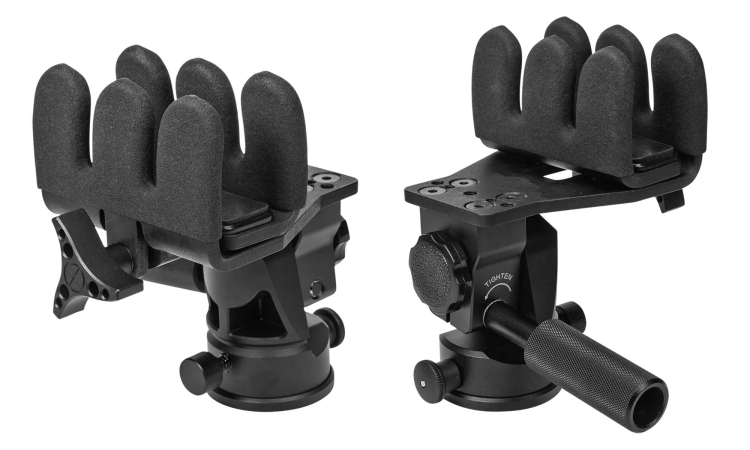
The Reaper Grip system

The KJI Precision tripods can be purchased in a kit with Reaper Grip swiveling heads
In our tests we fiddled with both the K700 and K800 tripods in their full kit configuration, which comes issued from factory with the Reaper Grip swiveling support head: a KJI Precision patented system, the Reaper Grip is essentially an adjustable vise consisting of six metal prongs in two rows, padded in synthetic material, which will either just dub as a rest or firmly grip the handguard of a rifle depending on the shooter's preferences, or current need for a more stable shot. Even when the Reaper Grip is firmly tightened around the handguard, the swiveling system allows it to easily rotate and move horizontally and vertically to engage multiple targets.

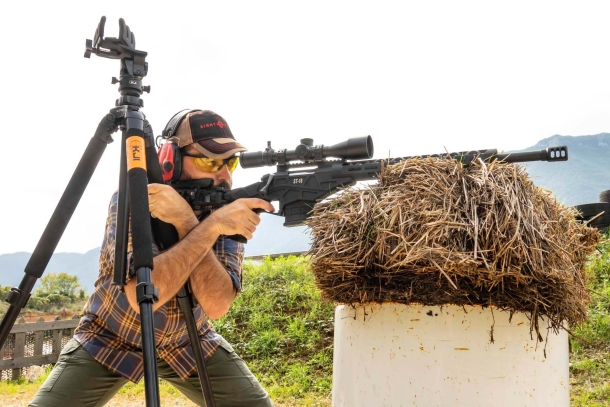
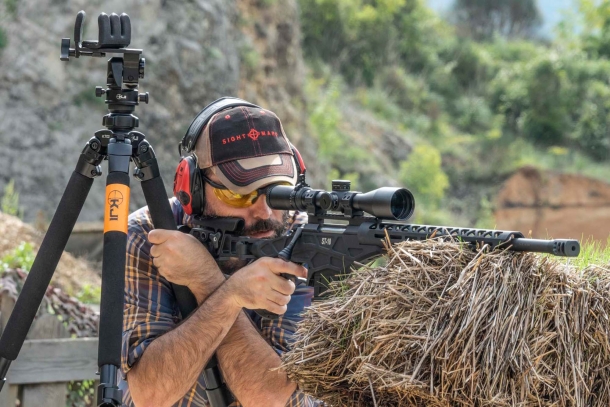
Above: in PRS shooting competitions, tripods aren't often used as a support for rifles as much as for the shooters, particularly when they must exploit unstable or uncomfortable barriers and supports as part of the match.
The Reaper Grip can be adapted to all hunting, long-range competition, and tactical precision shooting rifles; an optional set of inserts allow the Reaper Grip to fit rifles or carbines with particularly slim handguards. The system is however not compatible with wider handguard designs, such as those found on Bench Rest or F-Class rifles.
A swiveling mount allows the Reaper Grip to perform full 360-degrees rotations and to pan or tilt up to 21° upwards and 87° downwards, meaning shooters can easily perform a full scan of their field of view and track moving targets even from particularly steep shooting positions.
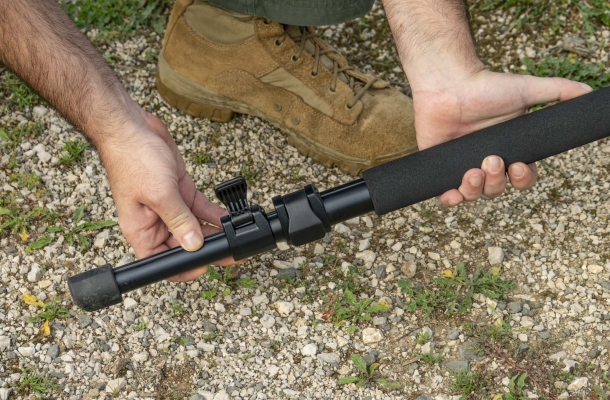
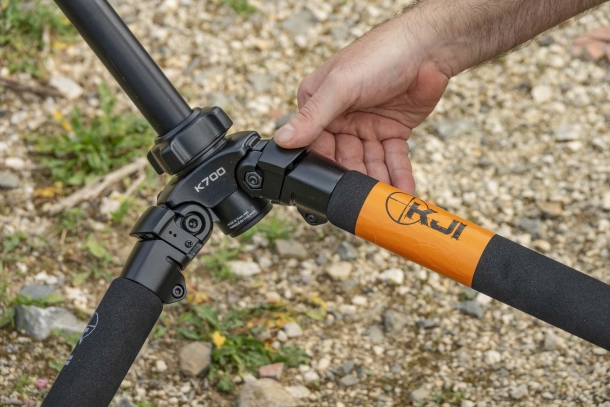
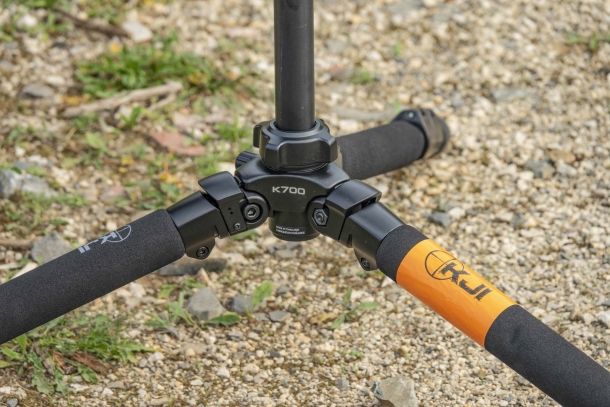
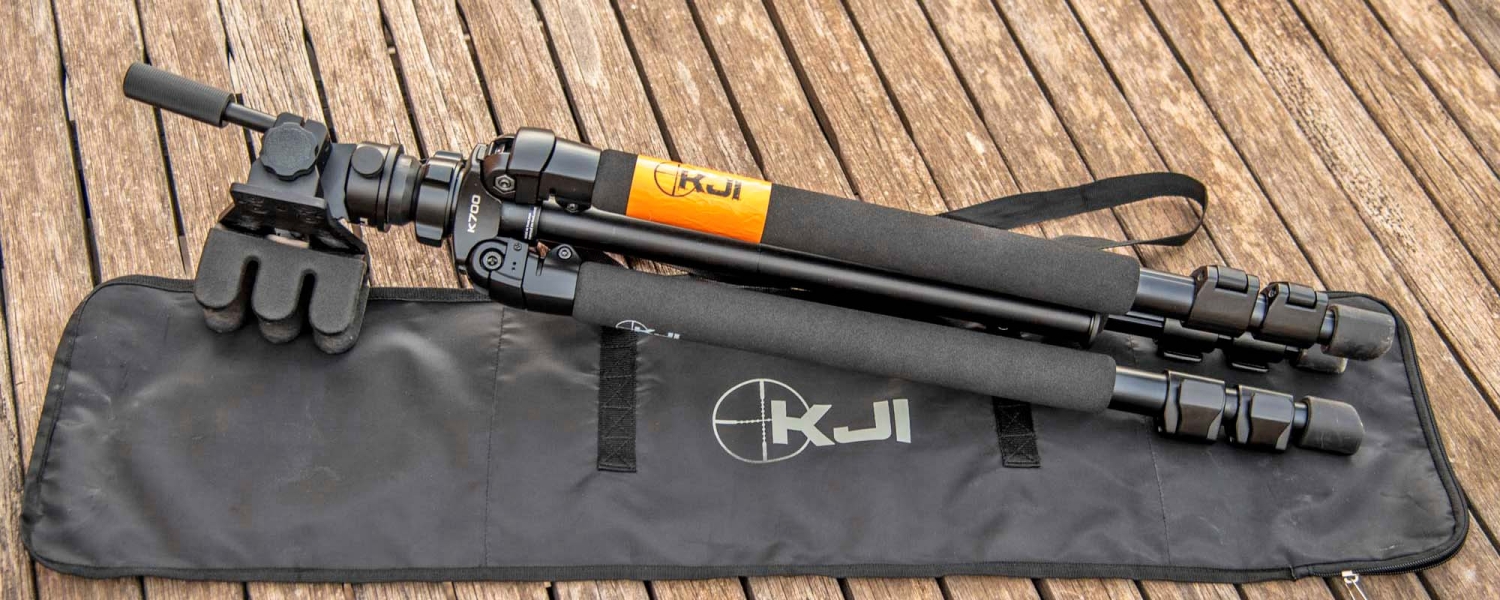
The KJI K700 and K800 tripod kits come with a soft carry bag

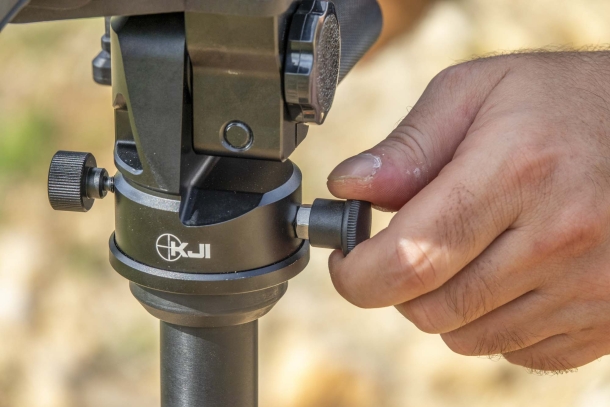
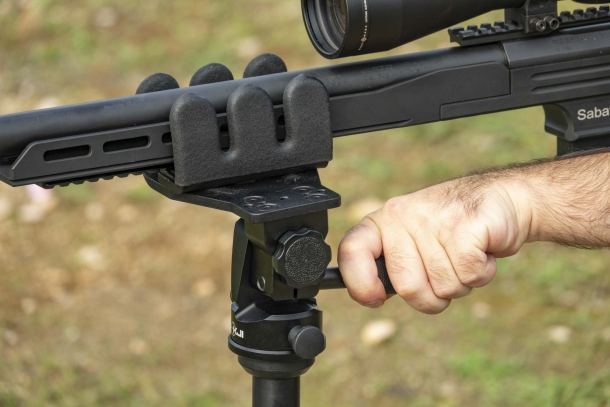
Other dedicated accessories are available on the KJI Precision website, allowing shooters to explore multiple options for their KJI tripods and how to use them. Among those is the Reaper Rail interface, similar to the Reaper Grip but with a Picatinny or ARCA Swiss mounting option.
The two KJI Precision K700 and K800 kits, with issued Reaper Grip system, are already available both in Europe and north America; their retail price for Europe is set at €539,99 and €749,99 respectively, while in the US the suggested retail price is set at $449.97 for the K700 and $689.97 for the K800.
